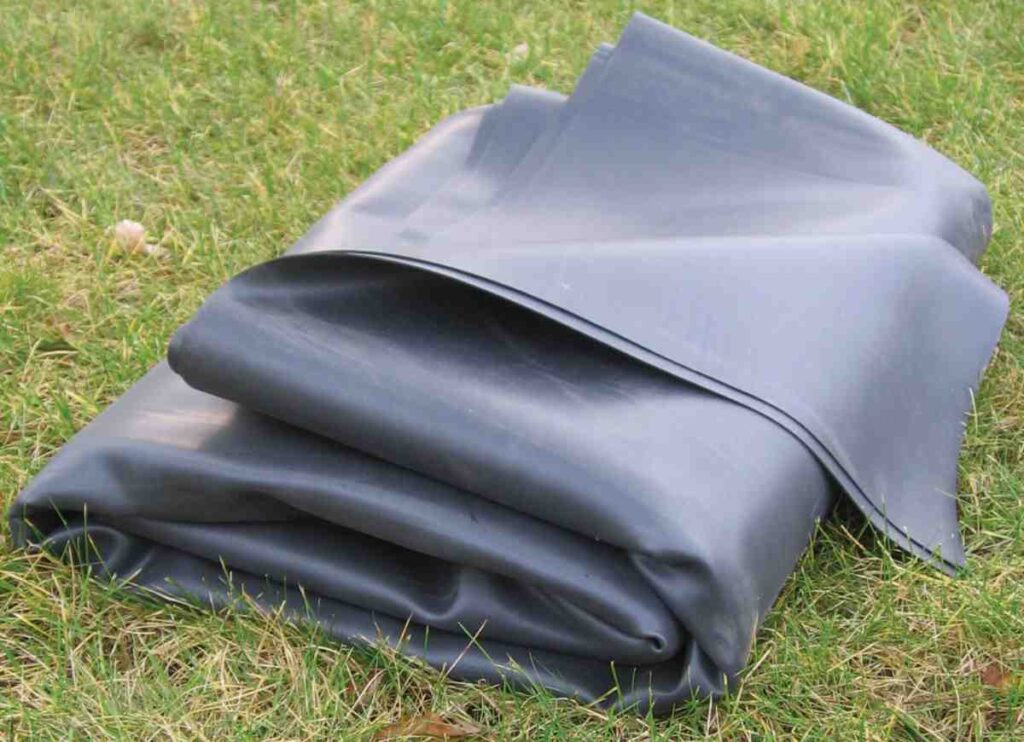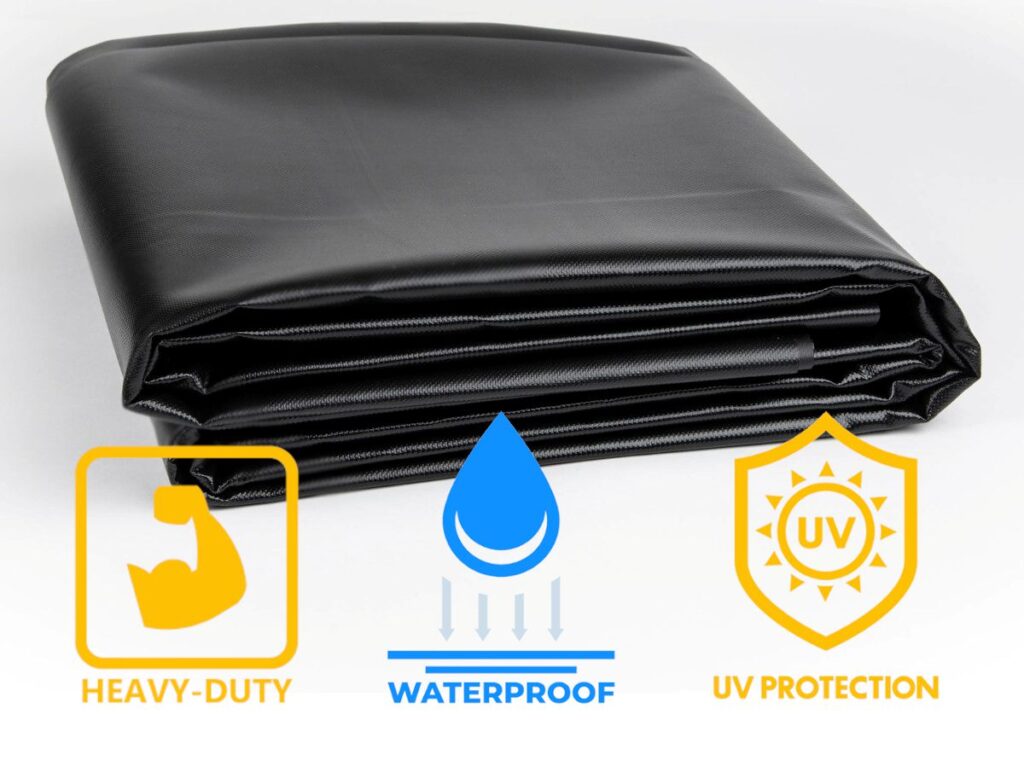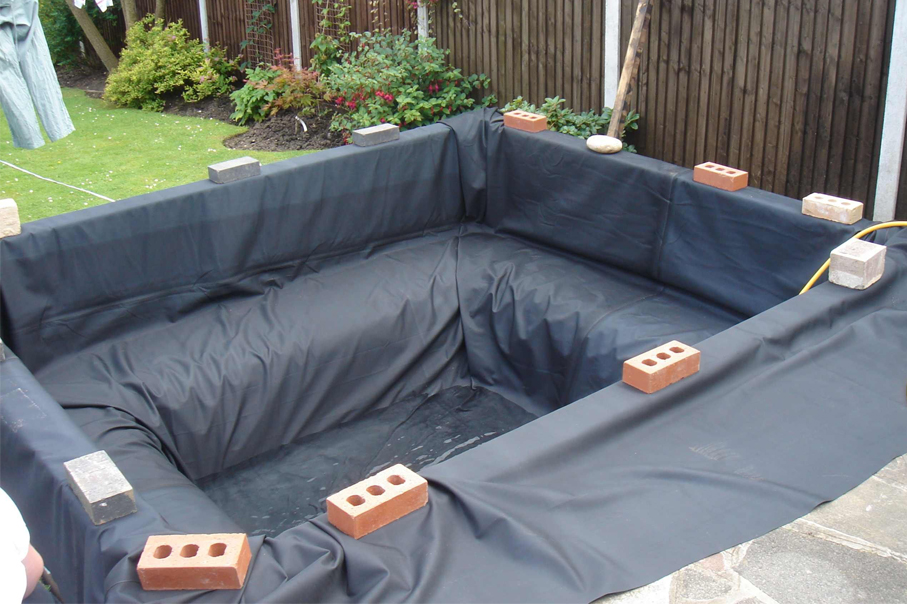

What is HDPE?
It is a high-density waterproofing polyethylene geomembrane , which is manufactured under strict quality controls. Its construction is based on virgin resins that do not contain additives or fillers that can evaporate and cause deterioration as time progresses. This geomembrane, better known by its acronym in English as HDPE, is the most used material for lining in solid waste deposits in mines. In addition, others that have to do with the containment of liquids. Definitely if we should recommend where to apply it, it would be in projects with low permeability, resistance against ultraviolet rays, and exceptionally high chemicals.
Advantage
The HDPE geomembrane is of great thermal and chemical resistance. It stands out because it is not attacked by acids, it resists water at 100 ° C, flexible at low temperatures since it is made of high-density, high-molecular-weight polyethylene.


Features
The main functions of the HDPE geomembrane are waterproofing, protection and separation. For this reason, it is considered one of the most effective waterproofing systems, which combines low initial cost, high resistance and durability. Also, do not forget that for it to work well, you have to know how to choose those with adequate thicknesses, according to your application. Remember that the installation process is rigorous but that it allows a good lifetime of the HDPE geomembrane .
Applications
This type of geomembrane is often used too much in:
* The waterproofing of landfills and leachate ponds.
* In the waterproofing of platforms and slopes of roads, railways, etc.
* For coatings in water conduction channels for irrigation.
* In hydraulic and mining projects.
* In the Oxidation lagoons.
* Biodigestores.
* Tanks of Molasses.
* Hydrocarbon storage tanks.
* Artificial lakes.
* Landfills.
* Coating.
* Hoyas of rainwater catchment, and among other works.



